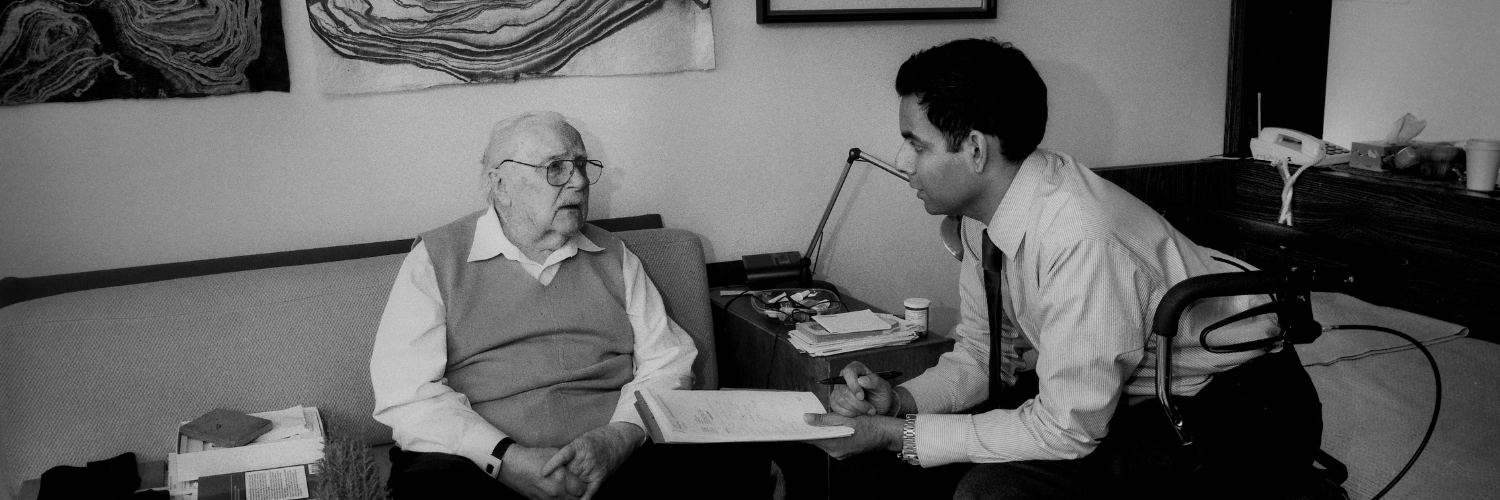While many of the most common chronic health conditions among older adults are well-managed, one of the most common health issues older adults face remains elusively underdiagnosed and undertreated. Chronic pain is another health condition that older adults often face but can typically be left untreated.
Pain is often more common than many other health conditions that older adults face in later life. Between 30% and 83% of older adults consistently report experiencing pain, with the highest prevalence of pain being among older adults in long-term care homes. In fact, one study found 71% of long-term care residents complained of pain. The seemingly omnipresence of pain in older adults reflects the fact that pain can occur both independently and as a result of a chronic condition. However, despite these high rates, pain often remains undertreated among older patients.
Ignoring the pain that older adults live with negatively impacts both patients and the health care system. Untreated pain often results in both physical and psychological consequences, such as sleep and weight loss, decreased function, as well as an increased risk for falls, depression, loneliness, anxiety, behavioral disturbance and decreased quality of life. Since pain can also lead to depression and falls, which are associated with an increased risk of hospitalizations and poorer health outcomes, the effective management of pain should be a concern for health system planners, as well as clinicians and patients.
Often, in recent decades, efforts to manage pain have looked for a panacea, but have negatively impacted many older adults. Between 2012 and 2016, Canada became the second-highest consumer of opioids in the world, behind only the United States. Older Canadians consistently experienced the highest rates of prescriptions, with more than 1 in 5 being prescribed opioids in 2015-2016. They, along with Canadians aged 45-64, also experience the highest rates of opioid-related hospitalizations.
Despite older adults being greatest receivers of opioid prescriptions, there remains a gap in evidence around the use of opioids and older adults. As a Co-Investigator on a first-of-its-kind CIHR-funded review to determine best practice approaches and research gaps around opioids and older adults, I will be considering the information gaps that exist among both practitioners and the public, which will provide invaluable knowledge and tools to better approach the use of opioids in the management of pain in older adults.
While the risks of treating pain through medication are well understood, there is now a need to find non-pharmacological interventions for managing pain among older adults. Like many conditions, there are two approaches that individuals can take to manage pain: prevention and treatment. Often those at greater risk for chronic pain are at an advancing age, female, of lower socioeconomic and educational status, experience obesity, tobacco use, history of injury or physically strenuous job, childhood trauma, depression or anxiety. While some of these are modifiable, others are unavoidable.
The reality is that with an ageing worldwide population, chronic pain in later life will be a growing global public health issue requiring safe, effective, evidence-based interventions. As research emerges, it is becoming clear that physical activity interventions need to be a core component of any pain management or treatment plan. However, developing these interventions can be challenging because they will need to address fears that older adults living with pain often have, such as suffering an injury or a fall.
Fortunately for older Ontarians, the province offers more than 2,000 free falls prevention exercise classes, including a program offered through our Falls Prevention Program, at the Toronto Rehabilitation Institute. While not targeted specifically to pain management, these classes often address some of the physical symptoms associated with chronic pain, such as falls, mobility, physical function, muscle strength and balance. While these targeted interventions can be helpful to reduce pain, walking regularly has also been shown to reduce the severity of chronic pain and improve mobility, as well as having many other benefits.
Using exercise to address the issues related to chronic pain, such as falls, can also help address the pain itself. So, if you are dealing with chronic pain, keep moving and start exercising as much as possible and work closely with your primary care provider to learn what other non-medication and medication-related approaches to managing with your pain may also work well for you.
Date modified: 2018-08-09


